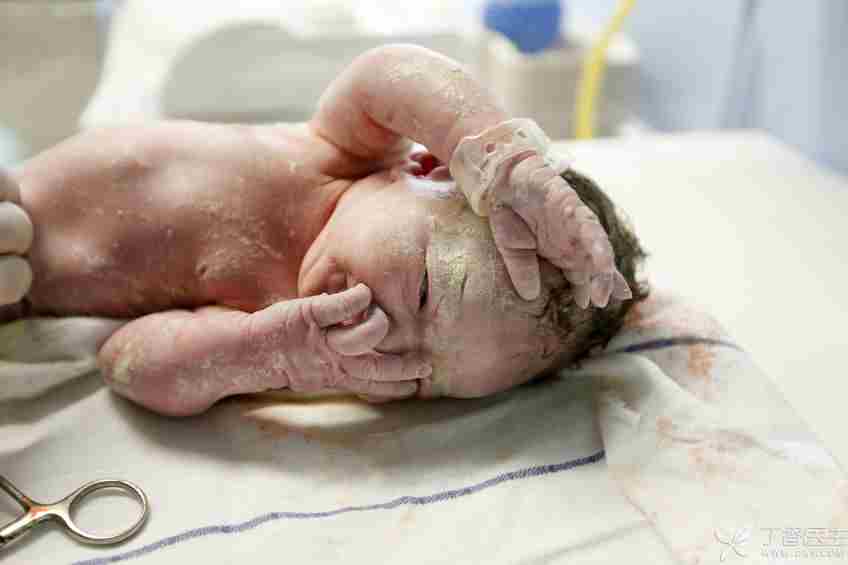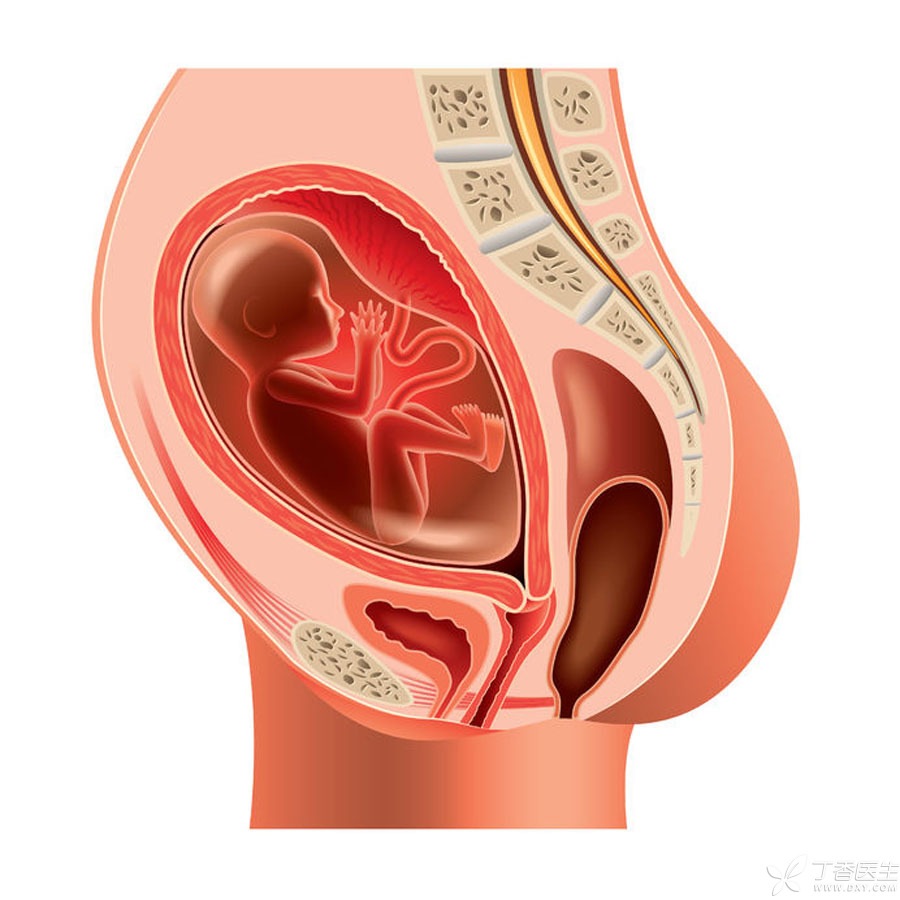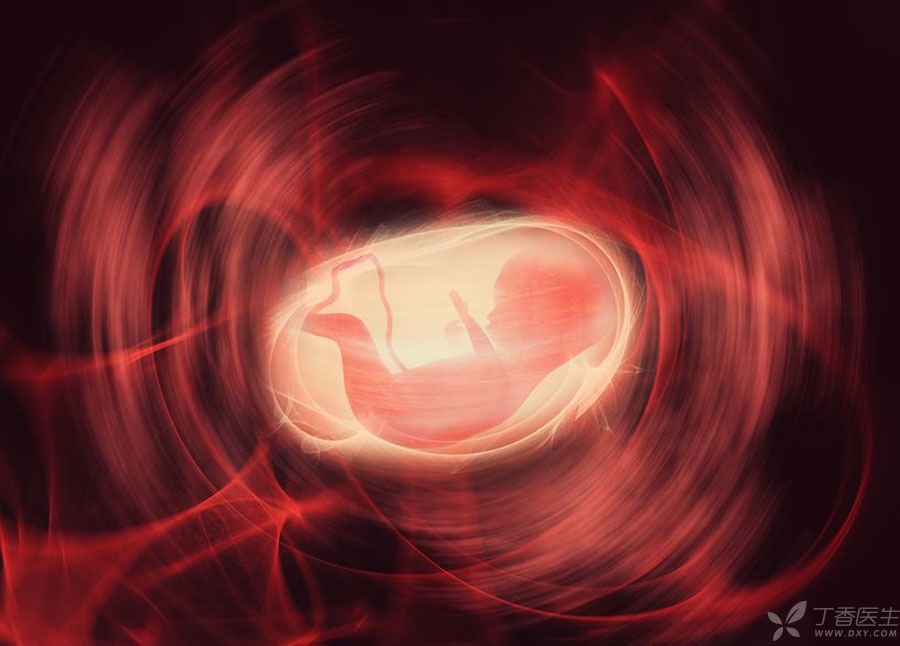Recently, it was reported that an American woman ate her placenta after giving birth and infected her child with a deadly bacterium. The baby was found infected with a bacterium called Group B Streptococcus (GBS) and was finally discharged from hospital after receiving 11 days of antibiotic treatment.
However, only five days later, the baby was re-infected with the pathogen and sent to ICU.

Researchers later found that the placenta pill showed positive reaction to the same GBS in infected infants.
Scientists at the Centers for Disease Control and Defense believe that the child’s infection is most likely from his mother. Tests have found that the maternal body has a high level of bacteria, which is probably due to taking placenta hormone.
It is worth mentioning that pregnant women do not directly cook the placenta and eat it, but take it only after pills are made by companies specializing in placenta processing.
The placenta processing company chosen by the mother did not carry out bacterial tests on placenta pills, and a series of processes such as cleaning, slicing, dehydration and heating of the fetus failed to kill these bacteria and eventually led to tragic accidents.
Zhang Chengqiang, a neonatal physician in Fudan University’s Affiliated Obstetrics and Gynecology Hospital, questioned the above news.
The most common clinical manifestations of GBS infection in mothers are asymptomatic bacteriuria, urethral infection, bacteremia, chorioamnionitis and endometritis. Neonatal GBS infection mainly causes pneumonia, septicemia and suppurative meningitis. Therefore, GBS infection is extremely harmful to maternal and infant health.
Usually, GBS-related tests will be performed on admission at 35-37 weeks of pregnancy to determine whether the pregnant woman is the carrier. For the pregnant woman carrying GBS bacteria, her baby needs to be tested for blood routine + C-reactive protein (CRP) on the first and second days after birth to determine whether she is infected by the bacteria.
It should be noted that the indexes in the baby’s blood routine on the day after birth are often affected by the mother’s blood picture and the delivery process. Therefore, the first blood routine + CRP examination time is usually 12 hours after birth.
The news mentioned that the baby was tested for GBS bacteria after symptoms developed, but did not mention the information about the baby being tested for GBS bacteria 12 hours after birth. Therefore, the lying-in woman may have been the carrier of the bacteria and infected her baby during childbirth.
The infection route of GBS bacteria infected by infants is limited. Generally, the fixed value of the mother’s birth canal during delivery causes the fixed value and infection of the newborn GBS. However, breast-feeding will not lead to the spread of bacteria after the baby is born. Therefore, there should be no direct relationship between the baby’s infection and the mother’s eating placenta hormone.
Although the news is not rigorous and fails to prove that eating placenta is directly related to infection with this terrible pathogen, placenta cannot be eaten casually.
What is the placenta?

Placenta is an organ formed by human beings from embryonic development. Its mission is to escort fetal development until its birth.
As far as the composition of placenta is concerned, it is the same as other internal organs, containing protein, fat, sugar, vitamins and minerals, etc.
In addition, it also contains hormones and other active substances related to growth and immunity.
It is said that what is the component of the placenta?
First of all, most of these active substances are protein macromolecules. In order to maintain their original physiological effects, they need to have natural spatial configuration. After the placenta is cooked, processed and digested, they not only lose their spatial configuration, but also their molecules are cut into small pieces, which no longer have their original physiological activity.
Some people may ask, can’t the denaturation and inactivation of these active proteins be avoided by extracting and separating [placenta hormone] from placenta into similar injections?
However, the risk of allergy or other infusion reactions caused by injecting macromolecules directly into the blood is very high. It is not worth taking [risks that cannot be ignored] for [no matter what benefits].
If you have a little bit of luck, you will [steal chickens but not eat rice], just like the mother mentioned above.
There are also some small molecules of active substances in the placenta, such as estrogen and progesterone, which are not easily degraded and can be directly absorbed. However, it is quite dangerous to supplement sex hormones at will. For example, excessive estrogen increases the risk of breast cancer in women, while men increase the risk of prostate cancer.
As for those women who really need estrogen supplement because of their physical condition, they should also take estrogen products with clear dosage and reliable quality under the guidance of doctors. Because, the placenta or products from the placenta, the activity of estrogen is not clear, and other impurity components are not clear, taking it rashly is tantamount to taking yourself as a mouse.

Scientific Research on Taking Placenta
In order to prove whether it has the legendary effect, there have also been some scientific studies.
Looking at the published studies on the efficacy of placenta consumption on women since 1950, the conclusion is that [further research is needed on health efficacy and risks].
This academic conclusion, translated into everyday words, is:
Is it useful to eat placenta? I don’t know.
Is it safe to eat placenta? I don’t know.
It may not be worth taking unknown major risks for unknown [big supplement] [beauty] [anti-aging].
